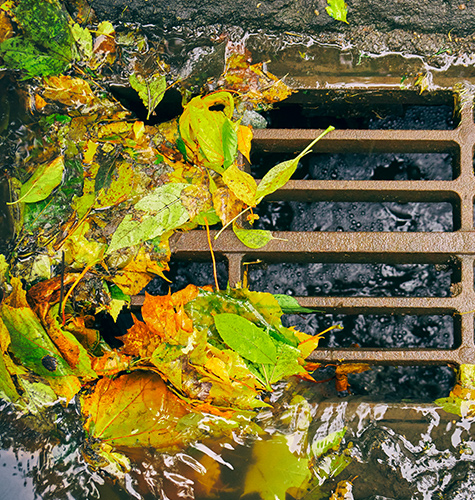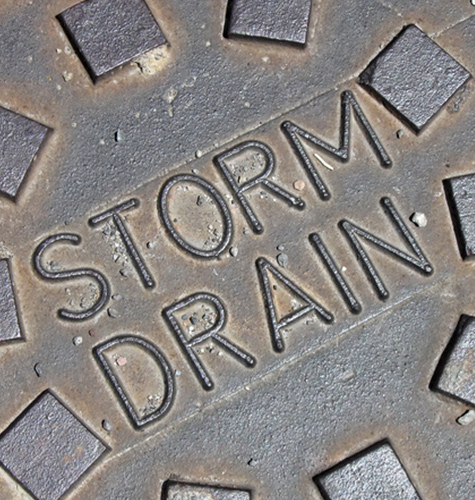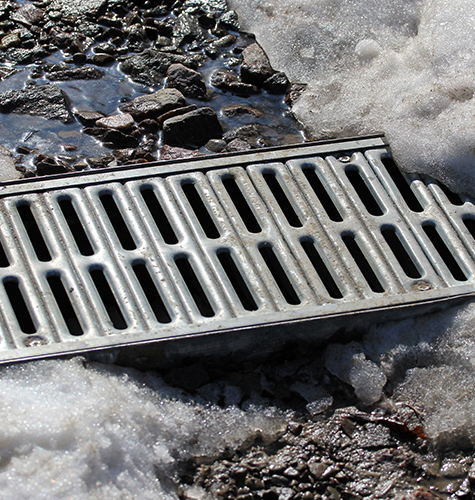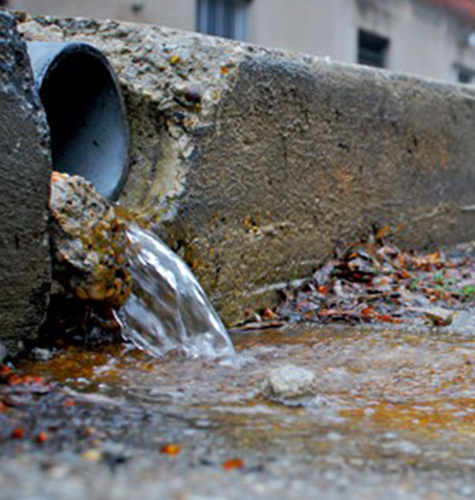The Pennsylvania Department of Environmental Protection (PA DEP) issued new PAG-02 National Pollutant Discharge Elimination System (NPDES) Permit requirements effective December 7, 2019. These changes impact stormwater management design, permitting, construction, and permit closure. RETTEW is continually monitoring these changes as PA DEP continues to develop and clarify the permitting process.
This information is presented only as a general summary of changes to PA DEP’s permitting process. RETTEW will update this page as new information becomes available. Because each project has unique characteristics, contact RETTEW’s Stormwater Management Team to discuss your particular project and permitting requirements.
Changes to NPDES Permit Application Requirements
♦ Wetland determination is required if hydric soils are present.
– Wetland delineations must be performed within five years of permit application.
– RETTEW can determine if hydric soils are present based upon published soil maps.
♦ Phase 1 environmental site assessment (ESA) is required if the applicant cannot provide documentation that the project site has no contaminated soil or acceptable contaminated soils in the area of the earth disturbance.
– If medium-specific concentrations exceed those listed in 25 Pa. Code Chapter 250, the project is not eligible for a permit unless a site-specific cleanup standard has been met under Act 2 or other program or evidence of naturally occurring soil contamination is provided.
♦ Burden of Proof is placed on the applicant for any site-specific information regarding any questions within the permit application.
– The applicant must sign the application certifying accuracy.
– The engineer’s certification signature is no longer required.
♦ Applicants must now sign PNDI receipts. The consultant can no longer sign.
♦ Municipal and County Notifications will require signature from applicant.
Changes to Stormwater Management Design Requirements
♦ Additional measures, including antidegradation best available combination of technologies (ABACT) best management practices (BMPs) (ABACT list), are required for projects discharging to surface waters that are impaired for siltation, suspended solids, or nutrients. All projects within the Chesapeake Bay watershed will need these provisions.
♦ PA DEP requires stormwater management methodologies that include rate control, volume control, and water quality control.
– Typical erosion and sedimentation (E&S) and post-construction stormwater management (PCSM) report narratives are replaced by E&S Module 1 and PCSM Module 2, respectively.
– These modules are part of the Notice of Intent (NOI) and require greater emphasis on volume management, in addition to rate control and water quality calculations.
– Additional volume management BMPs may be required as a result of the analysis.
♦ Additional modules will be required for Individual Permits (Antidegradation Analysis Module 3 and Riparian Buffer Module 4).
♦ Stream impairments may also require implementation of ABACT BMPs during- and post-construction.
♦ Water Quality Analysis – PA DEP is implementing a new procedure for the water quality analysis as contained in PA DEP’s PCSM Spreadsheet.
– This means the application preparer (RETTEW) has new and additional procedures, worksheets, and documentation to prepare for submission of an NPDES Permit application.
Changes to Requirements During Construction
♦ All inspections shall be documented on a Visual Site Inspection Report:
– Routine Inspection (at least weekly)
– Post Storm Event Inspection (0.25-inch within 24 hours)
– Corrective Action Inspection
♦ Licensed Professional Oversight of Critical Stages:
– Required for all proposed BMPs which have specified critical stages, including but not limited to installation of underground treatment or storage BMPs, structurally engineered BMPs, or other BMPs as deemed appropriate by PA DEP.
NPDES Permit Effective and Expiration Dates
♦ PAG-02 General Permit:
– Effective on date of issuance
– Expires December 7, 2024 (no matter when issued)
♦ PAG-02 Individual Permit:
– Effective the first day of the new month after issuance
– Expires in five years
NPDES Permit Application Review and Response Timeframes
See NPDES Permit Application Review and Response Timeframes.
NPDES Permit Closeout, Transfers, and Co-Permittees
♦ Notice of Termination (closeout) – Proof of Instrument Recording is required to close the permit. This includes an as-built plan, PCSM Plan, and O&M Agreement (or O&M notes on the PCSM Plan).
♦ The 2019 General Permit also requires proof of recording upon submission of a Transfer Application.
♦ Transfer and Co-Permittee Responsibilities – Minor changes were made for transferring General Permit coverage and adding co-permittees to the coverage.
Permittees seeking to transfer General Permit coverage will use the Transfer Application Form (3800-PM-BCW0041b).
♦ Permittees seeking to add operators as co-permittees will use the Co-Permittee Acknowledgement Form (3800-FM-BCW0271a).
General NPDES Permit PAG-01
The PAG-01 General Permit is being developed specifically to cover eligible projects that discharge stormwater associated with small construction activities (less than 5 acres of disturbance not associated with a larger common plan which ultimately disturb five acres or more). This program is in draft form. RETTEW will update this page with further developments.
Permit Denials
PA DEP will deny coverage under the General Permit when one or more of the following conditions exist: (new reasons)
♦ Discharges for which the responsible party (person) has failed and continues to fail to comply or has shown a lack of ability or intention to comply with a regulation, permit, and schedule of compliance or order issued by PA DEP/CCD (25 Pa. Code § 92a.54(e)(3)).
♦ Discharges subject to categorical point source effluent limitations promulgated by the United States Environmental Protection Agency (EPA) for categories other than construction or post construction (25 Pa. Code § 92a.54(e)(5)).
♦ Discharges which do not, or will not, result in compliance with applicable effluent limitations or water quality standards (25 Pa. Code § 92a.54(e)(6)).
♦ Discharges to surface waters identified as waters impaired for siltation, suspended solids, turbidity, water/flow variability, flow modifications/alterations, or nutrients in PA DEP’s latest published Integrated Water Quality Monitoring and Assessment Report (Integrated Report) unless the discharges will be managed with a non-discharge alternative or ABACT BMPs.
♦ Discharges to surface waters identified as waters impaired for siltation, suspended solids, turbidity, water/flow variability, flow modifications/alterations, or nutrients in DEP’s latest published Integrated Report and are covered by an EPA-approved Total Maximum Daily Load (TMDL), including discharges to waters tributary to the Chesapeake Bay, unless the discharges will be managed with a non-discharge alternative or ABACT BMPs, and applicable waste load allocations (WLAs) will be achieved.
♦ Discharges of (a) wastewater from washout of concrete, unless managed by an appropriate control; (b) wastewater from washout and cleanout of stucco, paint, form release oils, curing compounds and other construction materials; (c) fuels, oils, or other pollutants used in vehicle and equipment operation and maintenance; and (d) soaps or solvents used in vehicle and equipment washing.



